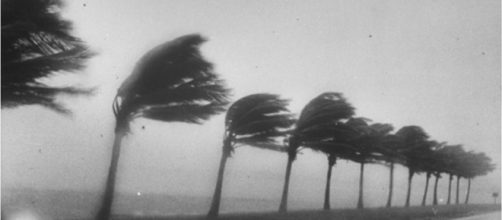The State of Texas and surrounding areas are bracing for a major disaster as Hurrican Harvey made landfall on Friday as a category 4. According to the National Hurricane Centre, Harvey hit land between the Port of Aransas and Port 'O' Connor late on Friday and is expected to go on for days.
Current forecasts show that it will be the most powerful hurricane to hit the U.S. mainland since 2005 when a record four hurricanes were experienced in the U.S. and eventually reached category 5.
Before the storm made landfall, President Trump had signed a disaster proclamation for Texas, which allows Federal Funds to be used to assist the State.
Over 1,000 servicemen from the National Guard have also be put on standby.
Flooding
While the coastal areas of Texas will bear the biggest brunt of the hurricane, courtesy of the high tides powered by strong winds, inland counties have been asked to prepare for significant flooding. In the 4-5 days that the storm is expected to continue, it is estimated that around 89cm of rainfall will be unleashed. This is the equivalent of an entire year's worth of rainfall expected to pour, in just a few days. Tidal waves could reach between 1.8-3.6m thanks to the storm surge which will cause major damage that could run into billions of dollars.
Litmus test for Trump
According to the White House, President Trump is scheduled to visit Texas early next week, and the President is receiving regular updates on the situation on the ground.
On Friday, Trump tweeted about the Hurricane asking residents who were in its path to follow the advice and orders of State and local authorities.
How the President will handle Hurricane Harvey will come under close scrutiny. In 2005, President Bush and the Federal Emergency Preparedness Agency(FEMA), came under scathing attack in what was termed as poor disaster preparedness for Hurricane Katrina. 1,800 residents of New Orleans lost their lives with critics terming Hurricane Katrina as one of President Bush' major failures during his tenure.
Exodus
Roads leading out of the Texas coastal areas were a flurry of activity as hundreds of thousands of residents fled the area before the storm hit, causing major tailbacks on the motorways.
Plans were underway by the local authorities to temporarily turn some roads into one-ways to accommodate the huge flow of traffic out of the area.
As the storm approached the coast of Texas, there were reports of power outages, while satellite pictures showed the storm extending over hundreds of kilometers over the Mexican Gulf.


